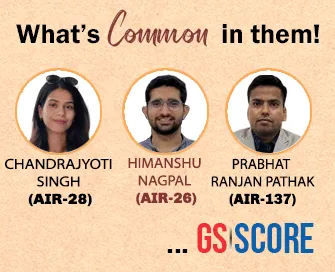

23rd March 2023 (8 Topics)
Editorials
Context:
- Recently, the Intergovernmental Panel on Climate Change (IPCC) has published its final synthesis report, which is a part of 6th Assessment report to summarize the overall impact of climate change and steps to be taken to conserve the Environment.
Significance of the report:
- Linking GHG emissions with climate change: IPCC began publicising its compilation of global scientific research linking greenhouse gas emissions with changes in weather and climate
- Linking human Role: Report showcases how humans have emitted the Greenhouse gas emissions and bolstered the Climate change.
- Promotes internationalism: synthesis of reports that since 2018 have not only bolstered the human link in warming but also analyzed the implications of not meeting the 2015 Paris Agreement.
Highlights of the report:
- Preventing global warming: Planet’s best chance to keep temperatures below 1.5°C is to ensure greenhouse gas emissions are reduced to 48% of 2019 levels by 2030 and 99% by 2050.
- Temperatures rise: The policies declared by countries collectively, if implemented entirely, are poised to see temperatures rise of5°C to 3.2°C by the year 2100.
- Falling cost of renewables: The IPCC also talks about the falling cost of solar and wind power, and the expansion of electric vehicle fleets.



